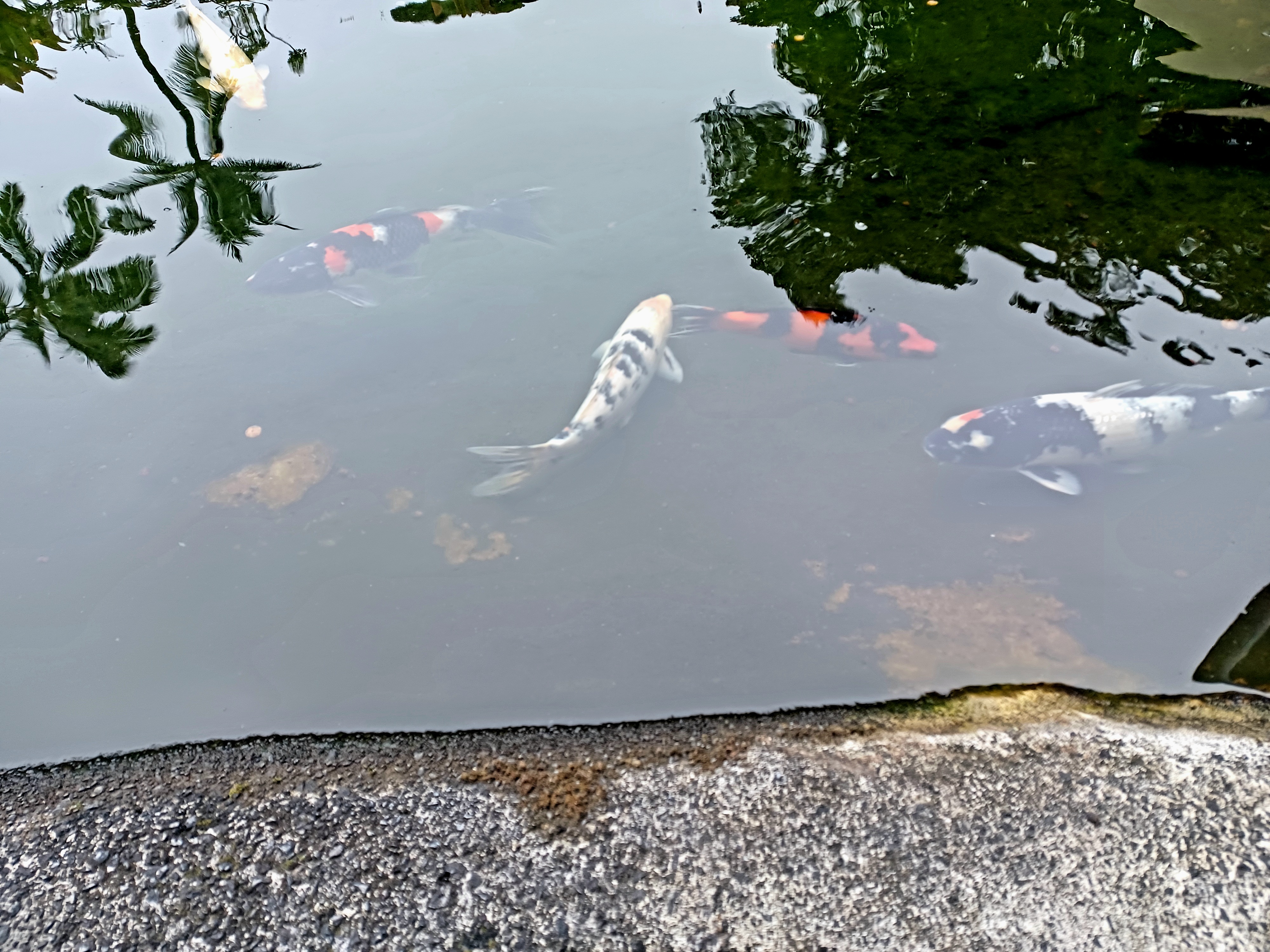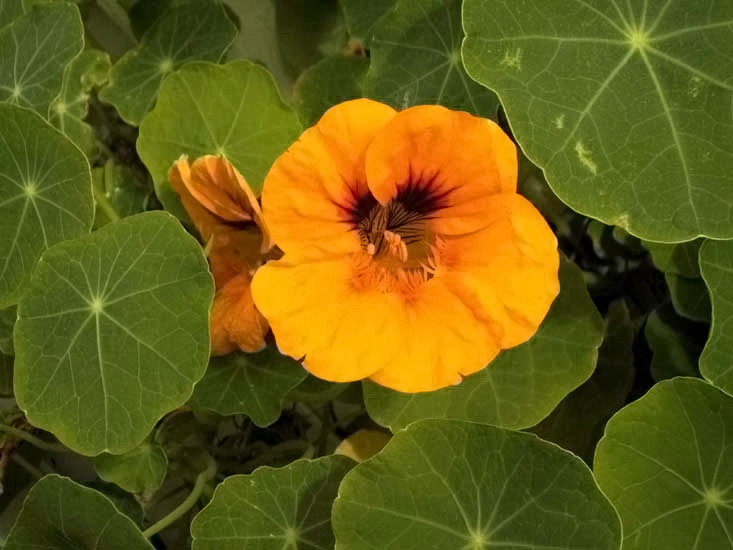|
Prehistory Park
The Prehistoric Park (in Italian language: ''Parco della Preistoria'') is an Italian naturalistic park of more than 100 hectares of wood, situated on the outskirts of the Rivolta d'Adda commune, Cremona, Cremona province, about 20 kilometers east of Milan. The park is adjacent to the homonym Adda (river), Adda river and contains 30 reconstructions of prehistoric animals (including prehistoric men), a hundred semi-liberty wild animals, a botanical itinerary with plants signalled, natural environments (as: a swamp, lawns, lakes, etc.), picnic reggeds areas, a café, playing parks, a labyrinth, and shows of fossils, etc., all along a shaded course. The access to the park is exclusively pedestrian, but access is allowed to bicycles and dogs with leashes. The park is also recognized by various national and local corporate bodies that testify to the validity of the structure as a guide to the environmental education, not only to children, but of adults as well. History of the park Con ... [...More Info...] [...Related Items...] OR: [Wikipedia] [Google] [Baidu] |
Koi Carp
or more specifically , are colored varieties of the Amur carp (''Cyprinus rubrofuscus'') that are kept for decorative purposes in outdoor koi ponds or water gardens. Koi is an informal name for the colored variants of ''C. rubrofuscus'' kept for ornamental purposes. There are many varieties of ornamental koi, originating from breeding that began in Niigata, Japan in the early 19th century.Japanese Ornamental Koi Carp: Origin, Variation and Genetics May 2015 /ref> Several varieties are recognized by the Japanese, distinguished by c ... [...More Info...] [...Related Items...] OR: [Wikipedia] [Google] [Baidu] |
Populus
''Populus'' is a genus of 25–30 species of deciduous flowering plants in the family Salicaceae, native to most of the Northern Hemisphere. English names variously applied to different species include poplar (), aspen, and cottonwood. The western balsam poplar ('' P. trichocarpa'') was the first tree to have its full DNA code determined by DNA sequencing, in 2006. Description The genus has a large genetic diversity, and can grow from tall, with trunks up to in diameter. The bark on young trees is smooth, white to greenish or dark gray, and often has conspicuous lenticels; on old trees, it remains smooth in some species, but becomes rough and deeply fissured in others. The shoots are stout, with (unlike in the related willows) the terminal bud present. The leaves are spirally arranged, and vary in shape from triangular to circular or (rarely) lobed, and with a long petiole; in species in the sections ''Populus'' and ''Aigeiros'', the petioles are laterally flattened, s ... [...More Info...] [...Related Items...] OR: [Wikipedia] [Google] [Baidu] |
Cattail
''Typha'' is a genus of about 30 species of monocotyledonous flowering plants in the family Typhaceae. These plants have a variety of common names, in British English as bulrush or reedmace, in American English as reed, cattail, or punks, in Australia as cumbungi or bulrush, in Canada as bulrush or cattail, and in New Zealand as raupo. Other taxa of plants may be known as bulrush, including some sedges in ''Scirpus'' and related genera. The genus is largely distributed in the Northern Hemisphere, where it is found in a variety of wetland habitats. The rhizomes are edible. Evidence of preserved starch grains on grinding stones suggests they were already eaten in Europe 30,000 years ago. Description ''Typha'' are aquatic or semi-aquatic, rhizomatous, herbaceous perennial plants. The leaves are glabrous (hairless), linear, alternate and mostly basal on a simple, jointless stem that bears the flowering spikes. The plants are monoecious, with unisexual flowers that develop in d ... [...More Info...] [...Related Items...] OR: [Wikipedia] [Google] [Baidu] |
Tropaeolum
''Tropaeolum'' , commonly known as nasturtium (; literally "nose-twister" or "nose-tweaker"), is a genus of roughly 80 species of annual and perennial herbaceous flowering plants. It was named by Carl Linnaeus in his book ''Species Plantarum'', and is the only genus in the family Tropaeolaceae. The nasturtiums received their common name because they produce an oil similar to that of watercress (''Nasturtium officinale''). The genus ''Tropaeolum'', native to South and Central America, includes several very popular garden plants, the most common being '' T. majus'', '' T. peregrinum'' and '' T. speciosum''. One of the hardiest species is '' T. polyphyllum'' from Chile, the perennial roots of which can survive the winter underground at elevations of . Plants in this genus have showy, often intensely bright flowers and rounded, peltate (shield-shaped) leaves with the petiole in the centre. The flowers are bisexual and zygomorphic, with five petals, a superior three-carpelled ov ... [...More Info...] [...Related Items...] OR: [Wikipedia] [Google] [Baidu] |
Nymphaeaceae
Nymphaeaceae () is a family of flowering plants, commonly called water lilies. They live as rhizomatous aquatic herbs in temperate and tropical climates around the world. The family contains nine genera with about 70 known species. Water lilies are rooted in soil in bodies of water, with leaves and flowers floating on or emergent from the surface. Leaves are round, with a radial notch in '' Nymphaea'' and ''Nuphar'', but fully circular in ''Victoria'' and ''Euryale''. Water lilies are a well-studied clade of plants because their large flowers with multiple unspecialized parts were initially considered to represent the floral pattern of the earliest flowering plants, and later genetic studies confirmed their evolutionary position as basal angiosperms. Analyses of floral morphology and molecular characteristics and comparisons with a sister taxon, the family Cabombaceae, indicate, however, that the flowers of extant water lilies with the most floral parts are more derived ... [...More Info...] [...Related Items...] OR: [Wikipedia] [Google] [Baidu] |
Aquatic Vegetation
Aquatic plants are plants that have adapted to living in aquatic environments (saltwater or freshwater). They are also referred to as hydrophytes or macrophytes to distinguish them from algae and other microphytes. A macrophyte is a plant that grows in or near water and is either emergent, submergent, or floating. In lakes and rivers macrophytes provide cover for fish, substrate for aquatic invertebrates, produce oxygen, and act as food for some fish and wildlife. Macrophytes are primary producers and are the basis of the food web for many organisms. They have a significant effect on soil chemistry and light levels as they slow down the flow of water and capture pollutants and trap sediments. Excess sediment will settle into the benthos aided by the reduction of flow rates caused by the presence of plant stems, leaves and roots. Some plants have the capability of absorbing pollutants into their tissue. Seaweeds are multicellular marine algae and, although their ecologi ... [...More Info...] [...Related Items...] OR: [Wikipedia] [Google] [Baidu] |
Larch
Larches are deciduous conifers in the genus ''Larix'', of the family Pinaceae (subfamily Laricoideae). Growing from tall, they are native to much of the cooler temperate northern hemisphere, on lowlands in the north and high on mountains further south. Larches are among the dominant plants in the boreal forests of Siberia and Canada. Although they are conifers, larches are deciduous trees that lose their needles in the autumn. Etymology The English name Larch ultimately derives from the Latin "larigna," named after the ancient settlement of Larignum. The story of its naming was preserved by Vitruvius: It is worth while to know how this wood was discovered. The divine Caesar, being with his army in the neighbourhood of the Alps, and having ordered the towns to furnish supplies, the inhabitants of a fortified stronghold there, called Larignum, trusting in the natural strength of their defences, refused to obey his command. So the general ordered his forces to the assault. In ... [...More Info...] [...Related Items...] OR: [Wikipedia] [Google] [Baidu] |
Willow
Willows, also called sallows and osiers, from the genus ''Salix'', comprise around 400 speciesMabberley, D.J. 1997. The Plant Book, Cambridge University Press #2: Cambridge. of typically deciduous trees and shrubs, found primarily on moist soils in cold and temperate regions. Most species are known as willow, but some narrow-leaved shrub species are called osier, and some broader-leaved species are referred to as sallow (from Old English ''sealh'', related to the Latin word ''salix'', willow). Some willows (particularly arctic and alpine species) are low-growing or creeping shrubs; for example, the dwarf willow (''Salix herbacea'') rarely exceeds in height, though it spreads widely across the ground. Description Willows all have abundant watery bark sap, which is heavily charged with salicylic acid, soft, usually pliant, tough wood, slender branches, and large, fibrous, often stoloniferous roots. The roots are remarkable for their toughness, size, and tenacity to live ... [...More Info...] [...Related Items...] OR: [Wikipedia] [Google] [Baidu] |
Meander
A meander is one of a series of regular sinuous curves in the channel of a river or other watercourse. It is produced as a watercourse erodes the sediments of an outer, concave bank ( cut bank) and deposits sediments on an inner, convex bank which is typically a point bar. The result of this coupled erosion and sedimentation is the formation of a sinuous course as the channel migrates back and forth across the axis of a floodplain. The zone within which a meandering stream periodically shifts its channel is known as a meander belt. It typically ranges from 15 to 18 times the width of the channel. Over time, meanders migrate downstream, sometimes in such a short time as to create civil engineering challenges for local municipalities attempting to maintain stable roads and bridges.Neuendorf, K.K.E., J.P. Mehl Jr., and J.A. Jackson, J.A., eds. (2005) ''Glossary of Geology'' (5th ed.). Alexandria, Virginia, American Geological Institute. 779 pp. Charlton, R., 2007. ''Fundamentals ... [...More Info...] [...Related Items...] OR: [Wikipedia] [Google] [Baidu] |
Forest
A forest is an area of land dominated by trees. Hundreds of definitions of forest are used throughout the world, incorporating factors such as tree density, tree height, land use, legal standing, and ecological function. The United Nations' Food and Agriculture Organization (FAO) defines a forest as, "Land spanning more than 0.5 hectares with trees higher than 5 meters and a canopy cover of more than 10 percent, or trees able to reach these thresholds ''in situ''. It does not include land that is predominantly under agricultural or urban use." Using this definition, '' Global Forest Resources Assessment 2020'' (FRA 2020) found that forests covered , or approximately 31 percent of the world's land area in 2020. Forests are the predominant terrestrial ecosystem of Earth, and are found around the globe. More than half of the world's forests are found in only five countries (Brazil, Canada, China, Russia, and the United States). The largest share of forests (45 percent) are in th ... [...More Info...] [...Related Items...] OR: [Wikipedia] [Google] [Baidu] |
Crataegus Monogyna
''Crataegus monogyna'', known as common hawthorn, one-seed hawthorn, or single-seeded hawthorn, is a species of flowering plant in the rose family Rosaceae. It is native to Europe, northwestern Africa, and West Asia, but has been introduced in many other parts of the world. Names This species is one of several that have been referred to as ''Crataegus oxyacantha'', a name that has been rejected by the botanical community as too ambiguous. In 1793, Medikus published the name ''C. apiifolia'' for a European hawthorn now included in ''C. monogyna,'' but that name is illegitimate under the rules of botanical nomenclature. Other common names include may, mayblossom, maythorn, (as the plant generally flowers in May in the English-speaking parts of Europe) quickthorn, whitethorn, motherdie, and haw. Description The common hawthorn is a shrub or small tree up to about tall, with a dense crown. The bark is dull brown with vertical orange cracks. The younger stems bear shar ... [...More Info...] [...Related Items...] OR: [Wikipedia] [Google] [Baidu] |







